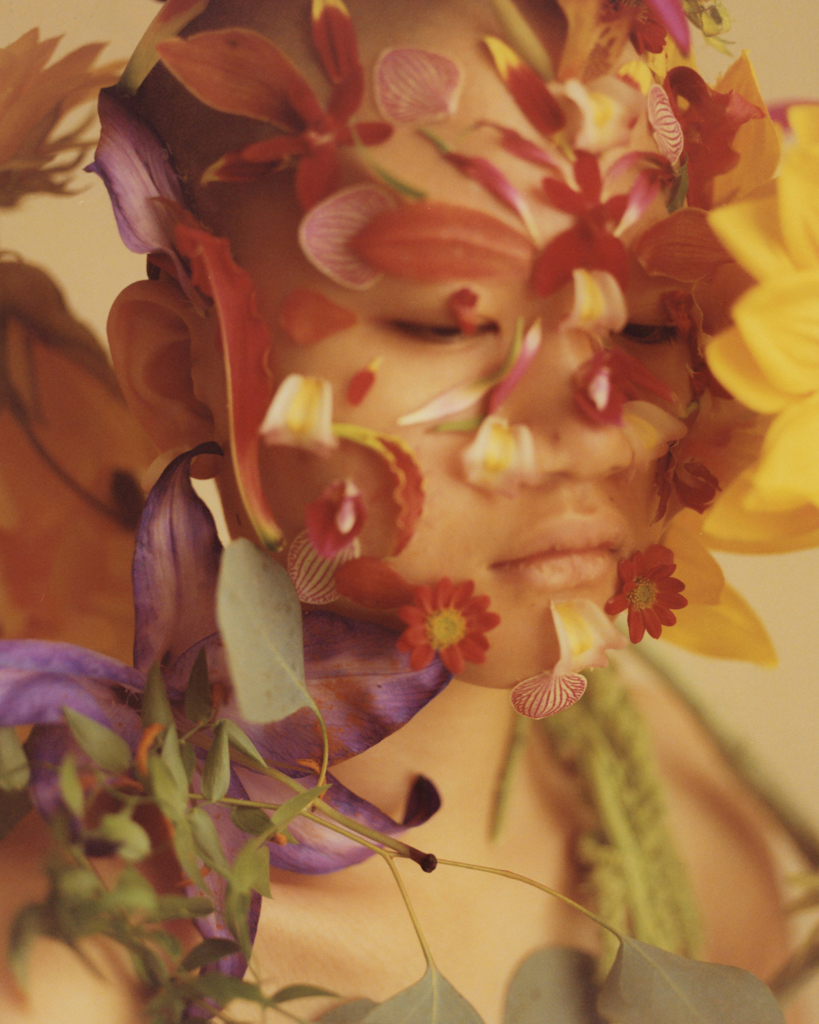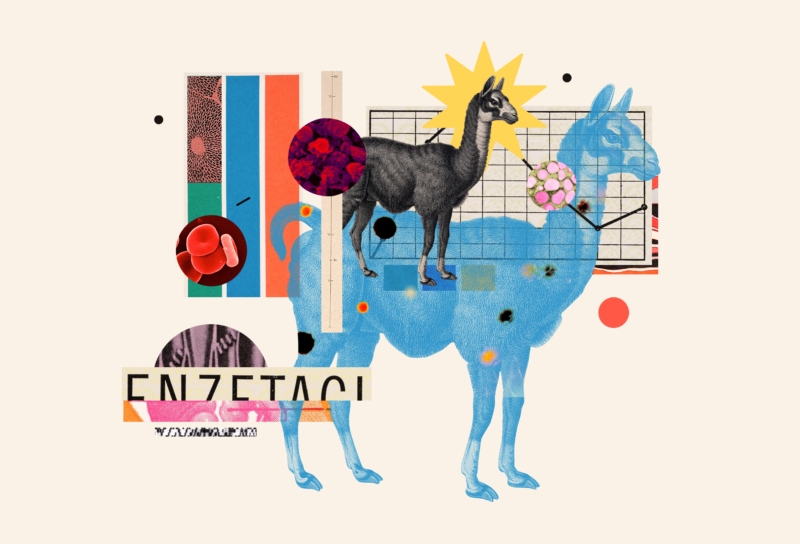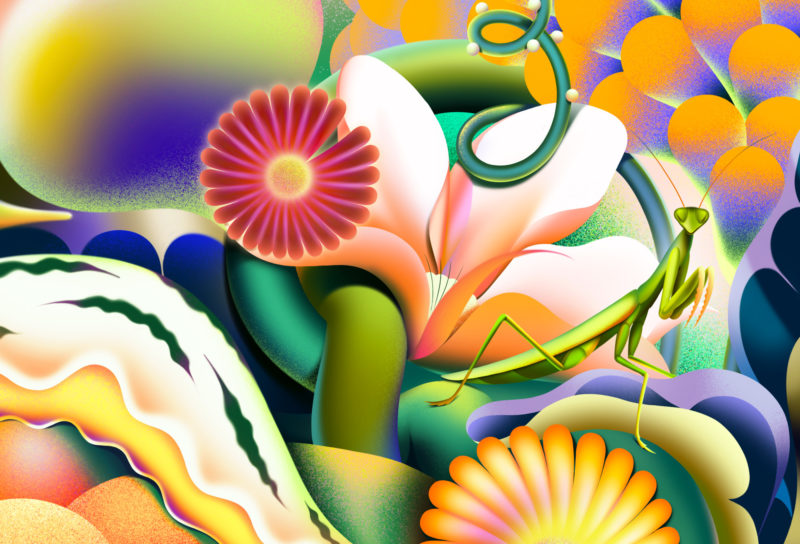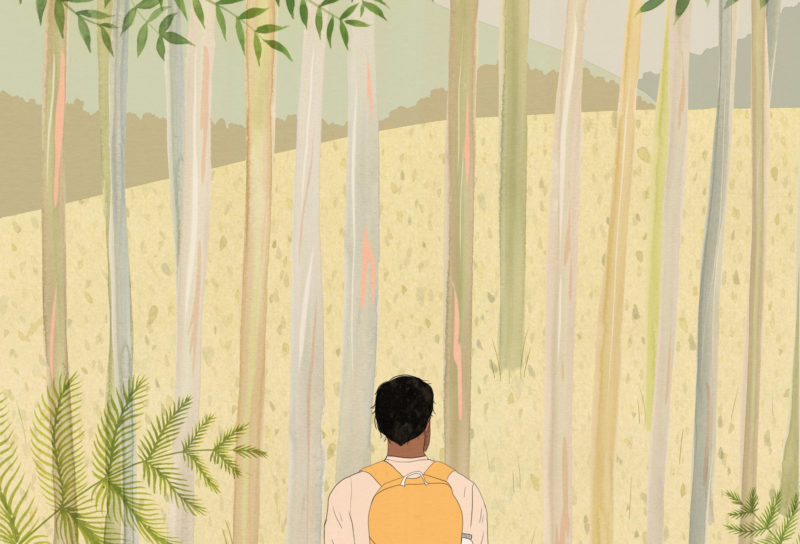Gardening is an exercise in close observation. You don’t want to miss the emergence of new sprouts, the gradual greening of leaves, or a sudden outburst of flowers and fruit. Even more, you don’t want to miss signs of things going awry. Wilting leaves, holes in petals, powdery mildew, and rotting fruit are all calls to action. In these events, the grower must reconsider everything. Are the plants arranged in such a way to support each other? Are nutrients such as iron and nitrogen diminished in the soil, yellowing the leaves? Are there little holes in the fruit, evidence of larvae taking up residence?
The prescription is almost always greater care — moving plants that aren’t getting sufficient light, adjusting the watering schedules, adding plant stakes where they might help. This is us at our most virtuous: thoughtfully, patiently looking out for something greater than ourselves. Could we apply that same care to our interactions with society at large?
In my life as a plant cultivator and my work as a biologist and author, I have found the relationship between plants and humans deeply inspiring for thinking about the relationships that humans could have with each other. As I lay out in my book Lessons from Plants, the natural world offers us a template and inspiration for a more equitable society — where the needs and contributions of every individual matter equally, relationships among individuals are critical for supporting the collective, and diversity is a driver of sustainable growth. These lessons are particularly necessary in STEM, where monoculture has done some of its deepest damage.
Where We Stand
The cost of this monoculture has never been clearer than now. In the course of this pandemic, the historic and current underrepresentation of Black, Indigenous, and Latino individuals in STEM has contributed to a disproportionate death toll in those communities. America’s long history of biomedical racism has led directly to bad health, lack of access to quality health care, and, in some, to an understandable distrust of public science. And STEM’s current whiteness allows these trends to persist. How do you break up this dangerous monoculture?
The idea that plants might offer us guidance in these important questions might seem like a stylistic flourish, but metaphors matter. In my professional arena, for example, conversations about promoting equity in biology education and research often come back to the same one: how to get more underrepresented and marginalized individuals through “the pipeline.” We need to get more people into the pipeline, according to this metaphor, and make sure fewer drop out.
This is one way to think about how to address the fact that Black people make up 14 percent of the U.S. workforce and only 9 percent of STEM workers, with an even higher drop-off at advanced graduate education and professional and administrative levels. Unfortunately, the pipeline metaphor, with its emphasis on individual success or failure, tells us a lot more about what’s wrong with this system. It operates on a deficit model, focused on the perceived shortcomings of individuals, and quick fixes to allow them to fit in enough to get by.
In STEM, a few minorities are introduced into a monoculture and expected to thrive.
The plant world — though an imperfect comparison like all metaphors — offers us a more hopeful vantage point. Plants inspire a collective view of growth-based thinking. When plants in our personal spaces fail to properly flourish, our general human response is not to ascribe stunted growth to a lack of potential. We think about the environment as a whole. We ask what we can ascertain about their struggle: Is the soil not supporting a plant’s growth? Is it getting enough light where we planted it? How is it interacting with other plants in its space? Is our caretaking up to par?
In STEM, a few minorities are introduced into a monoculture and expected to thrive. When they don’t, conclusions about individual deficits become a feedback loop. Such practices can lead to powerful forms of gatekeeping, which preserve the status quo. If we have any hope of changing this, we need to rethink the whole environment from the ground up.
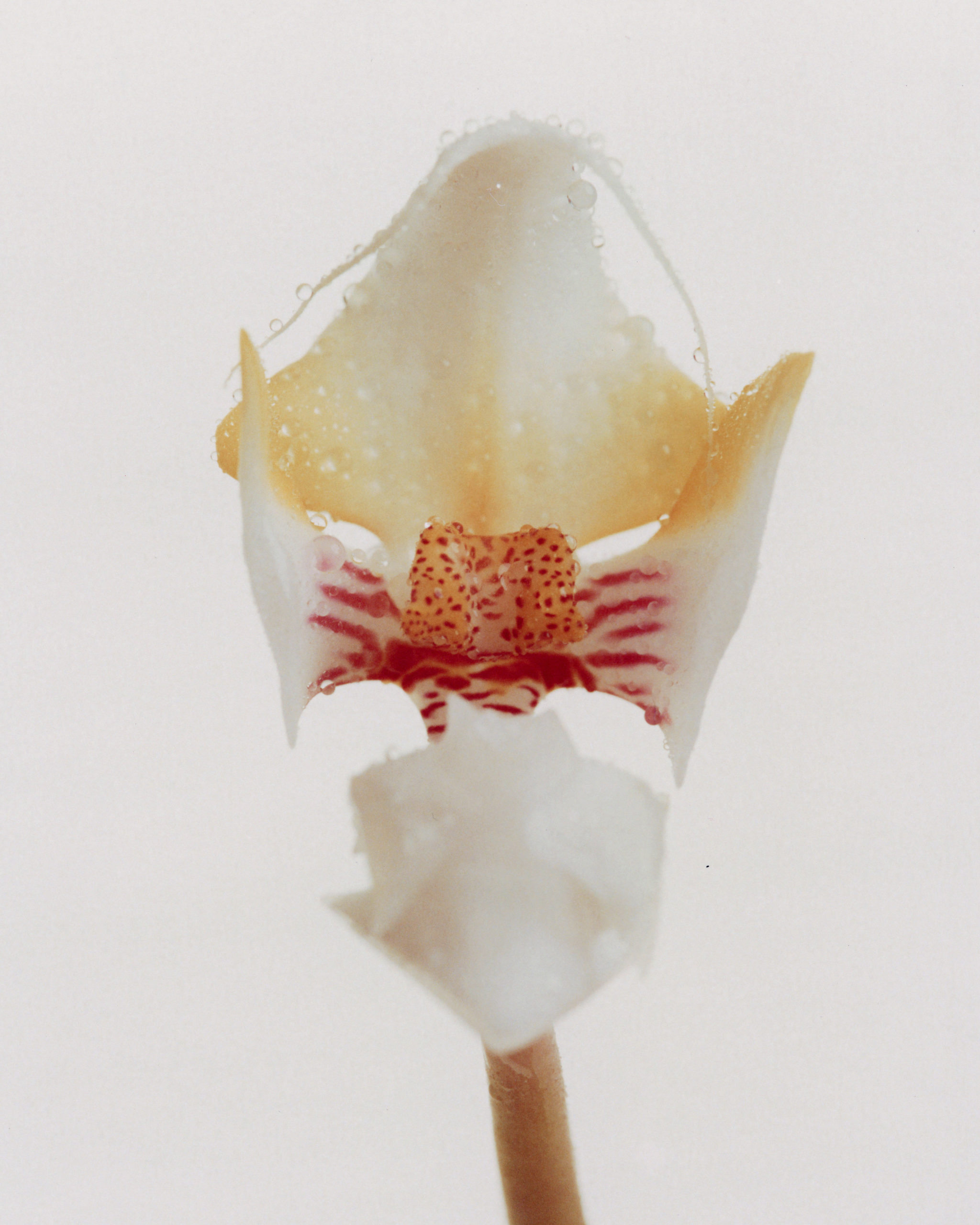
Vertical Support
When you plant a garden, you face a choice. You can plant each species in its own plot, or you can take the time to consider how different plants could grow together.
This is good for the soil and contains a valuable lesson. Our view of nature and humanity are closely intertwined. This is also true of the societies we live in: Monocultures create monocultures. The colonists that settled this country practiced the exploitation and segregation of people and plants. Their inheritance can be seen all around us: neat rows of single species, wheat and soy and corn, that serve as excellent cash crops but deplete the soil. With deep respect, and no intention of co-opting their knowledge, we should instead draw inspiration from the polycultures pioneered by farmers in Indigenous cultures.
Native American farming practices are often based on planting diverse species together, where they can help each other grow and fight off pests. This intercropping allows for something called interspecific facilitation. Each species contributes something that promotes the growth, reproduction, or persistence of the other.
One of the best examples of this is an enduring planting style called the Three Sisters, the intercropping of corn, beans, and squash. The corn provides vertical support to the beans. The beans share their nitrogen through the soil. The squash, which is low to the ground, inhibits weed growth and maintains soil moisture for the whole community. The Three Sisters system shows us how a community benefits when individuals are set up to exchange their unique capabilities and strengths. This approach can be reproduced with many different types of plants.
You cannot break up monoculture by charitably introducing a few new specimens and hoping they do well. You need to recreate environments that parallel those from which they originate. You need balanced communities in roughly equal numbers that let all contribute reciprocally and collectively. And, in both cases, you need well-attuned stewards.
Mentorship
A good plant caretaker has to consider all possible interactions in their plot. They know that each individual in a community has particular potentials and needs, and fosters synergies between them. They take a growth-based perspective. They refine these strategies by talking to a large community, exchanging wisdom and references. Growing up with a mother who possessed exemplary plant caretaking skills, it was common for me to see her sharing her mediations with neighbors and friends, whose gardens were struggling. Best practices can only be sustained and developed through a wide conversation.
Monocultures create monocultures.
In my professional world, mentorship is considered hugely important, especially for trail-blazers, people who hail from groups that are historically underrepresented and undersupported. But mentorship is only as good as the mentor’s awareness and empathy. Where it’s lacking, a common tendency emerges — self-focused mentoring, which often leads to something called imprinting, training another person to follow one’s own behavior or the general norms of a group. A good mentor has to be sensitive to a trailblazer’s history — and understand them on their own terms — to support their growth and transformation.
Mentorship also exists in the plant kingdom, specifically in the multi-species and multigenerational communities we find in forests. Mature trees and young trees in forests are often physically connected. The elders nurse young tree seedlings until they are established and able to persist more independently. In the Great Lakes areas, not far from where I live, nurse oak trees are commonly found to facilitate pine seedling growth on sand dunes. They provide a protective micro-niche for young saplings, offering shade, increasing humidity, and shared nutrients via the soil. This is just the beginning of this actual sharing economy. Trees communicate through fungi. Plants alert neighboring plants to dangerous herbivores, activating their defenses. These interactions benefit all partners in the agreement.
In STEM, we need to build new dynamic ecosystems, based on shared wisdom and experience, energy, and new perspectives — spaces where everyone can grow. We need to get messy, hands in the soil, ready to rethink our plot from the deepest soil on up.
